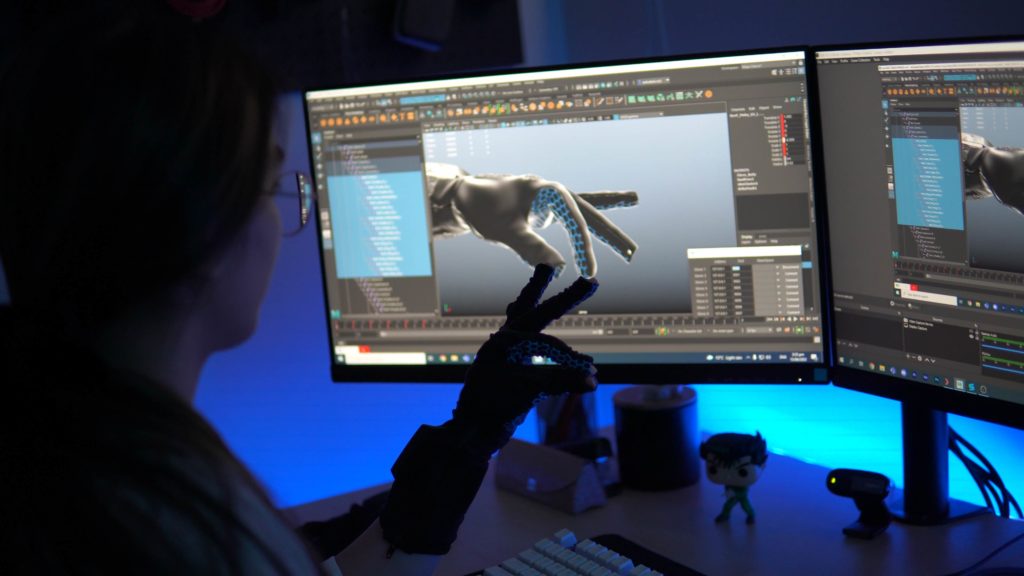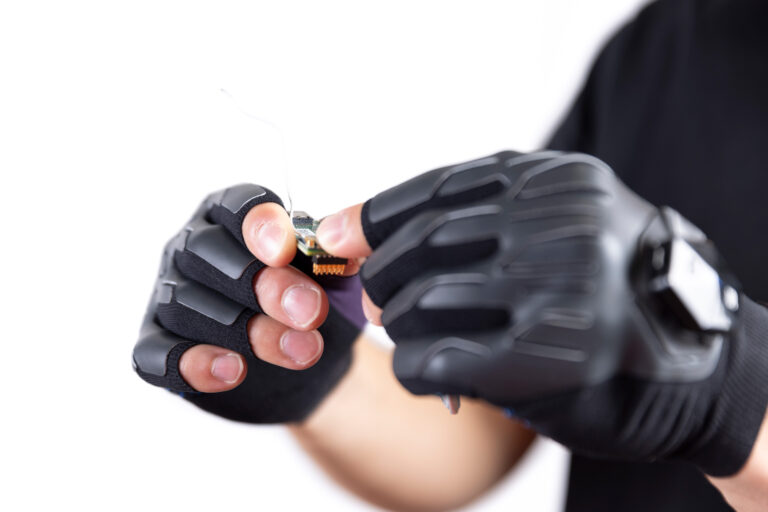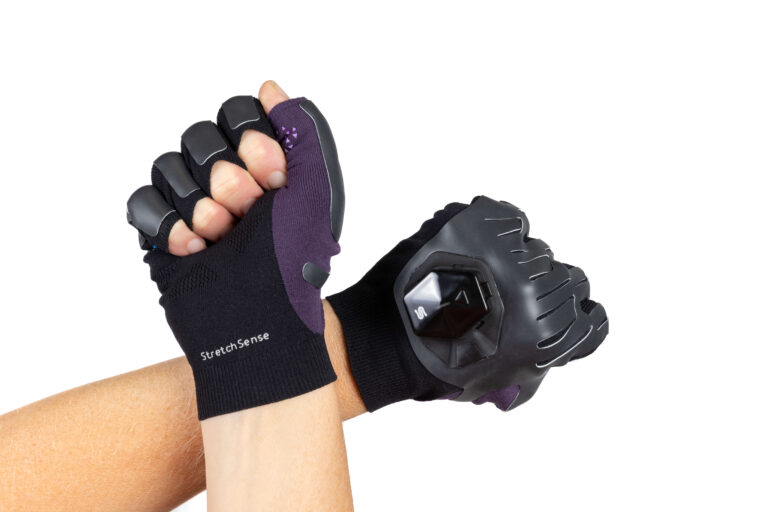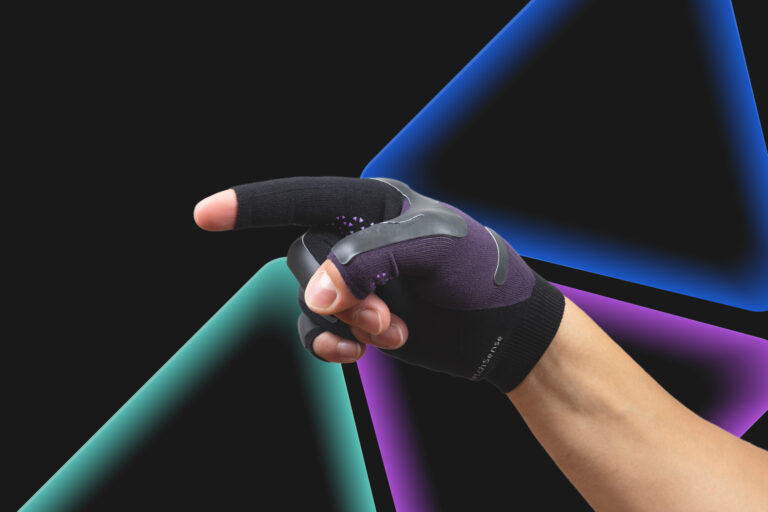Adversity breeds excellence in every aspect, and mocap (“motion capture”) is no exception. Faced by challenges of sensor and measurement technology, such as drift and occlusion, a new method of movement capture – deskcap (“desk capture”) – now exists to meet and overcome these challenges in post-production, all from the comfort of your own desk.
Just as teams using StretchSense gloves rarely have to worry about breakages, animation teams utilizing deskcap are less concerned about unsatisfactory hand data with the power of hand-dubbing in post. This gives production teams the confidence to work without worry and alter without significant delays. But before we get to that, let’s discuss the bugbears of hand movement data: drift and occlusion.
Drift
Drift occurs when mocap data does not accurately reflect the IMU sensor’s actual position on real-life models. In other words, drift happens when mocap data “wanders”, or shows an inaccurate representation of the data points in space. This makes it unsuitable for use.
Drift can be fixed in several ways: manually fixing the data points, “hand-dubbing” to replace inaccurate hand data with a different take, or simply deleting the drift point. Of these, hand-dubbing is the easiest and gives the best results.
Occlusion
Occlusion occurs when the number of recorded model markers is lower than it should have been, or is inconsistent. In other words, occlusion happens when some (or all) of the body markers were not picked up by the cameras. While deskcap cannot reduce occlusion, it can help teams quickly recover from it with hand-dubbing.
Occlusion is problematic for the animation team in a number of ways, reducing the accuracy of the data and limiting the team’s ability to fully utilize the performance. Depending on the level of occlusion, this limitation can be negligible to severe, but finding ways to overcome it and fix problems is essential.
The Solution: Hand-Dubbing in Post
Hand-dubbing is a lot like voice-dubbing: it involves replacing the original performance with a new take. This could be for any number of reasons: cleaning up the captured data, changing the performance, or so on. Some teams use hand-dubbing to reduce the number of technologies they need to manage on shoot days. Due to the complexity of hands, the ability to capture them in post while still getting great quality hand mocap data is a great alternative option.
While drift and occlusion can create huge problems for production teams throughout the animation process, deskcap overcomes this by working in tandem with already-existing data to replace problematic areas in hand data – one of the hardest areas to get perfect. But with deskcap, those dark clouds look like they’re clearing up.



